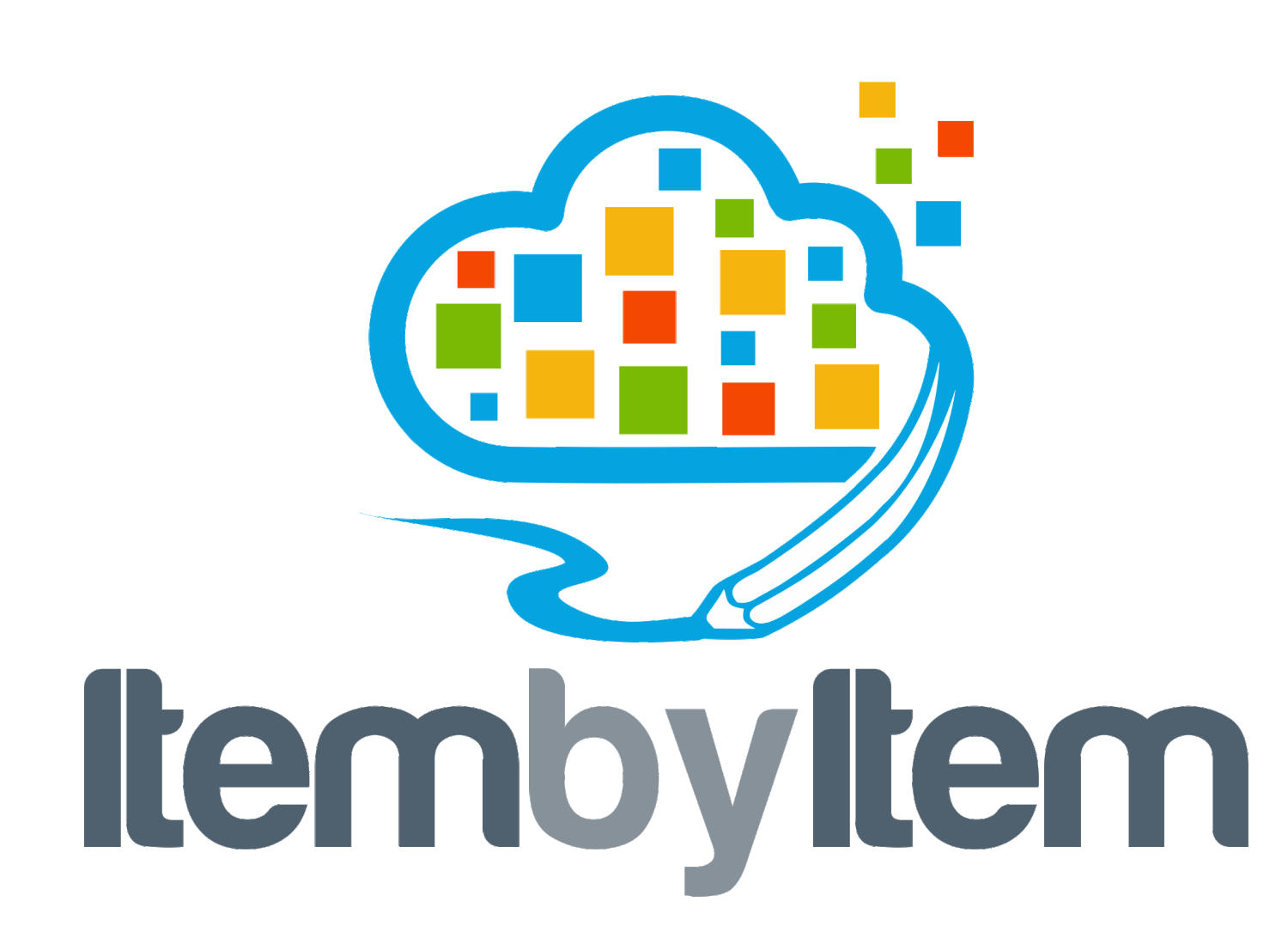Follow the right path
The ideal e-learning experience consists of content that is organized, applicable, and easy to digest. It is essential to use a training platform that can not only meet these thresholds but also excel in them.
The learning platform utilized in e-learning should be designed in a way where the user progresses through the content easily. What this means is before a user can move on to a new topic, they should have completed the previous topic, just like walking step-by-step through a path. This is known as a learning path in the training world. Learning paths ensure that learners are going through the content in a seamless manner instead of worrying about what the next steps are. Additionally, the learning platform used should keep track of the learner’s progress, eliminating the need to remember where you stopped. You should be able to simply log back into your learning platform and be right back where you left off. As a learner progresses within learning paths, the team leaders should also be able to monitor her progress with ease. This would serve as another incentive to keep learners on task and ensure that they consistently make progress over time.
The best type of training content is role-based, not functionality-based. This allows the content that users consume to be directly applicable to the tasks and responsibilities that they have within their company. The benefit of this is to use a learner’s time in the most effective way and also create consistency throughout the organization. For learners, getting relevant training allows them to be more engaged and retain more information.
Finally, there should be plenty of versatility within the learning platform that you use when it comes to creating a learning path for your company’s specific needs. You must be able to choose whether to select from a premade list of learning paths or work with the content provider to create a learning path that fills the requirements perfectly.
Overall, learning paths can serve as a solution to a company’s many training challenges. The content progression model should be utilized in a way that ensures employees have a good grasp of the content before moving on, which leads to better overall retention of content and materials. The learning paths created should be applicable to the roles within a company, which serves to be more productive and helpful than basing them on software functionality. The learning platform should keep track of learners’ progress, allowing them to flow in and out with ease. Managers should be able to monitor employees' progress from their own devices, creating a loop of communication that benefits the whole organization. All of these traits of learning paths come together to create the ideal learning path that can best suit your company’s training needs.

